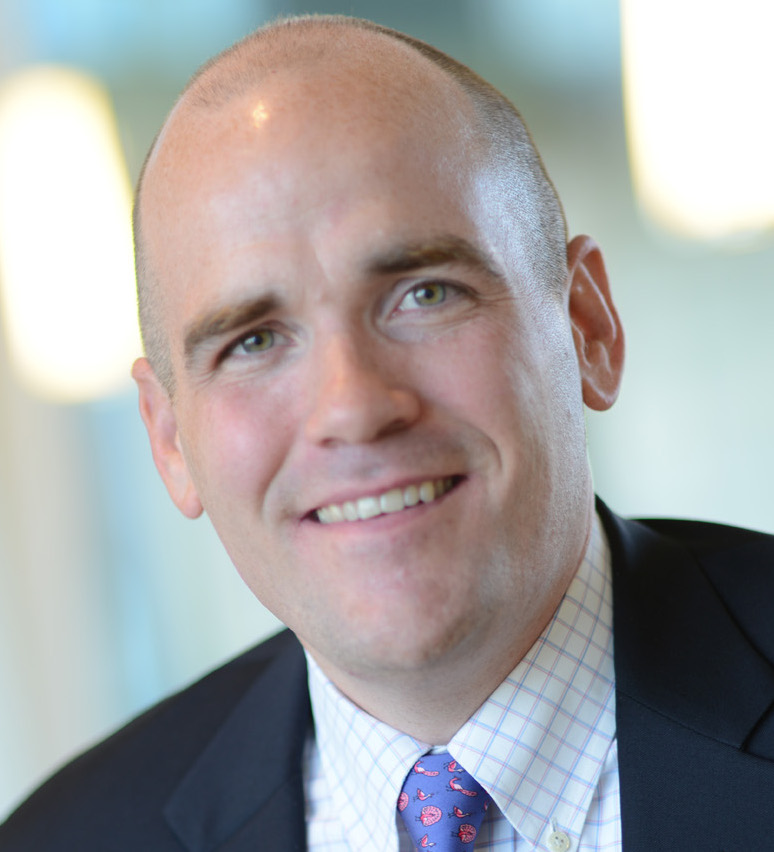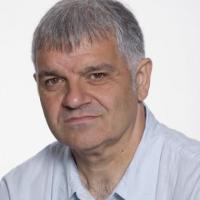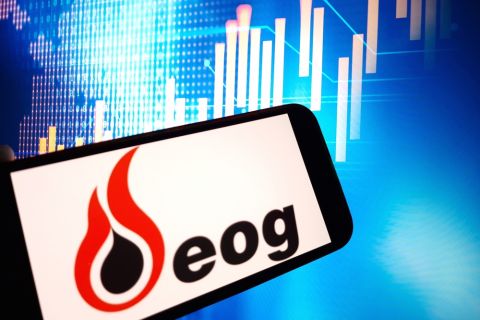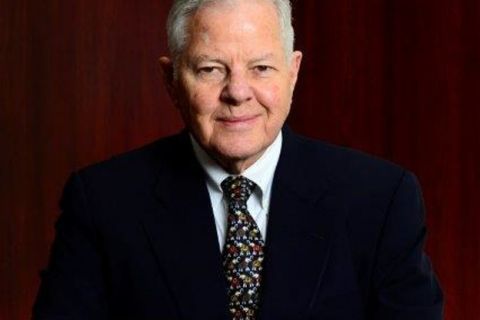
With the acquisition of Paradigm, which was completed in late 2017, Emerson believes it can meet the market’s growing demand for an independent, global provider of E&P software solutions. (Source: Shutterstock.com)
By combining Roxar’s traditional reservoir management strength with Paradigm’s seismic to simulation platform, the two are developing an automated workflow that expands upstream into geological modeling and downstream into production management and economics for a more consistent reservoir understanding and greater project certainty.
The man charged with leading the integration from Roxar’s side of the equations is Pat Babka, general manager for Roxar Software Solutions business at Emerson Automation Solutions, based at the company’s Stavanger, Norway, facility.
“The whole idea is achieving scale and scope in the E&P software solutions space and providing more value to our end customers,” Babka said. “Our intent is to run Roxar and Paradigm as one Emerson E&P software business; it is a multistep process as you can imagine, but there has been lots of exciting dialogue about what is possible with these two groups.”
Babka added that the company believes it has “more than doubled our relevance to the industry by providing a full seismic to simulation portfolio,” meeting customers’ request.

Holistic View
“Within the digital arena we are very excited about pairing the Paradigm offering with Roxar’s technologies,” Babka said. “Clearly with Paradigm, automating the seismic interpretation workflows is a key aspect of the technology transition. Paradigm has some exciting stuff they are doing in machine learning algorithms that optimize drilling operations. Pairing that with what we are doing in the Roxar space with reservoir modeling is a tantalising prospect for us and the industry.”
One of the key themes that Roxar have been working on for many years is the “big loop concept” that allows information to freely flow within the disciplines. “It takes many disciplines to develop a robust reservoir model and it culminates in reservoir simulation,” Babka said. “Operators often get to production after simulating the flows from their reservoir and discover that their production doesn’t match up with simulations. Currently it is very difficult to rerun that entire workflow from modelling all the way to simulation. Big Loop allows a much more holistic view of the data lifecycle allowing quicker changes to the model to help operators to better predict their future flows. Pairing that with Paradigm’s more exploration focussed workflows we think make us a formidable force in the reservoir modelling space.”
Babka is clear that this is the direction in which customers are leading them. Digitization is on the tip of most operator’s tongues and a large portion of the IP generated in oil and gas exploration and production is focussed on how quickly and accurately they can model reservoirs. “Historically that has been carried out in a very siloed and domain specific approach between departments, but in recent years operators want to optimize departmental workflows in a more holistic way that allows easier sharing of data between departments.”
Managing Uncertainty
Key to achieving these workflows is a concept that Babka calls uncertainty management. Best-case fault and horizon estimates in the reservoir-modeling process neglect the inherent inaccuracies in these interpretations, introducing the risk of severely underestimating the uncertainty in reservoir volumes. By adopting uncertainty management principles, it enables users to assess risks and make decisions using realistic 3-D static and dynamic reservoir models.
“The foundational technologies have really been around what we call uncertainty management, a very specialized term for the geoscience functions within an operator. It is preserving a full fidelity model from geology, through simulation all the way to the surface production network,” Babka said. “If you have that full fidelity model you can very easily manipulate it back if you need to make changes; whereas before operators would have preserved the full fidelity model and just promoted one model. If that model did not end up being true, as is often the case, you are really stuck and need to restart the modelling process again.”
When it comes to managing the surface facility simulation, Emerson acquired a company called Yggdrasil and its METTE software in 2015 that allows operators to simulate flows all the way through the surface production network and understand where problems are in the facility. “We are working on integrating that technology,” Babka said.
Historically the availability of high-speed processing has been limited. However, nowadays with the advances in technology and the wider availability of these high-speed computing clusters, operators are looking to companies such as Emerson to run parallel models. “These are multiple realizations of a model that works seamlessly with our uncertainty management approach to promote many models all the through to simulation, and when ultimately the reservoir starts producing they can judge which model was closer to the truth,” Babka said. “By having a full fidelity multiple realization model that you can promote all the way through allows you to get much closer to a single version of the truth against taking a stab in the dark, which was the approach you had to take in the past.”
Chasing The Digital Dream
The end game for operators is the digital twin of the entire production system. Babka believes that is a bit visionary at this moment he feels that the supply chain is making big strides, but there is reluctance among the operators to adopt some of the technology.
“We talk a lot about the digital oil field getting all the way in to downstream equipment and throughout the surface production network. What is often the case is that the technology becomes ready before the operators are prepared to use it just because oil and gas companies are very complex organizations,” he said. “Finding those opportunities for cross functional teamwork really must be led by our customers. We need to develop very close partnerships with our customers to find those opportunities for collaboration between departments or functions to allow them to streamline their operations.”
Recommended Reading
Matador Resources Announces Quarterly Cash Dividend
2024-04-18 - Matador Resources’ dividend is payable on June 7 to shareholders of record by May 17.
The OGInterview: Petrie Partners a Big Deal Among Investment Banks
2024-02-01 - In this OGInterview, Hart Energy's Chris Mathews sat down with Petrie Partners—perhaps not the biggest or flashiest investment bank around, but after over two decades, the firm has been around the block more than most.
Kimmeridge Fast Forwards on SilverBow with Takeover Bid
2024-03-13 - Investment firm Kimmeridge Energy Management, which first asked for additional SilverBow Resources board seats, has followed up with a buyout offer. A deal would make a nearly 1 Bcfe/d Eagle Ford pureplay.
The One Where EOG’s Stock Tanked
2024-02-23 - A rare earnings miss pushed the wildcatter’s stock down as much as 6%, while larger and smaller peers’ share prices were mostly unchanged. One analyst asked if EOG is like Narcissus.
73-year Wildcatter Herbert Hunt, 95, Passes Away
2024-04-12 - Industry leader Herbert Hunt was instrumental in dual-lateral development, opening the North Sea to oil and gas development and discovering Libya’s Sarir Field.






